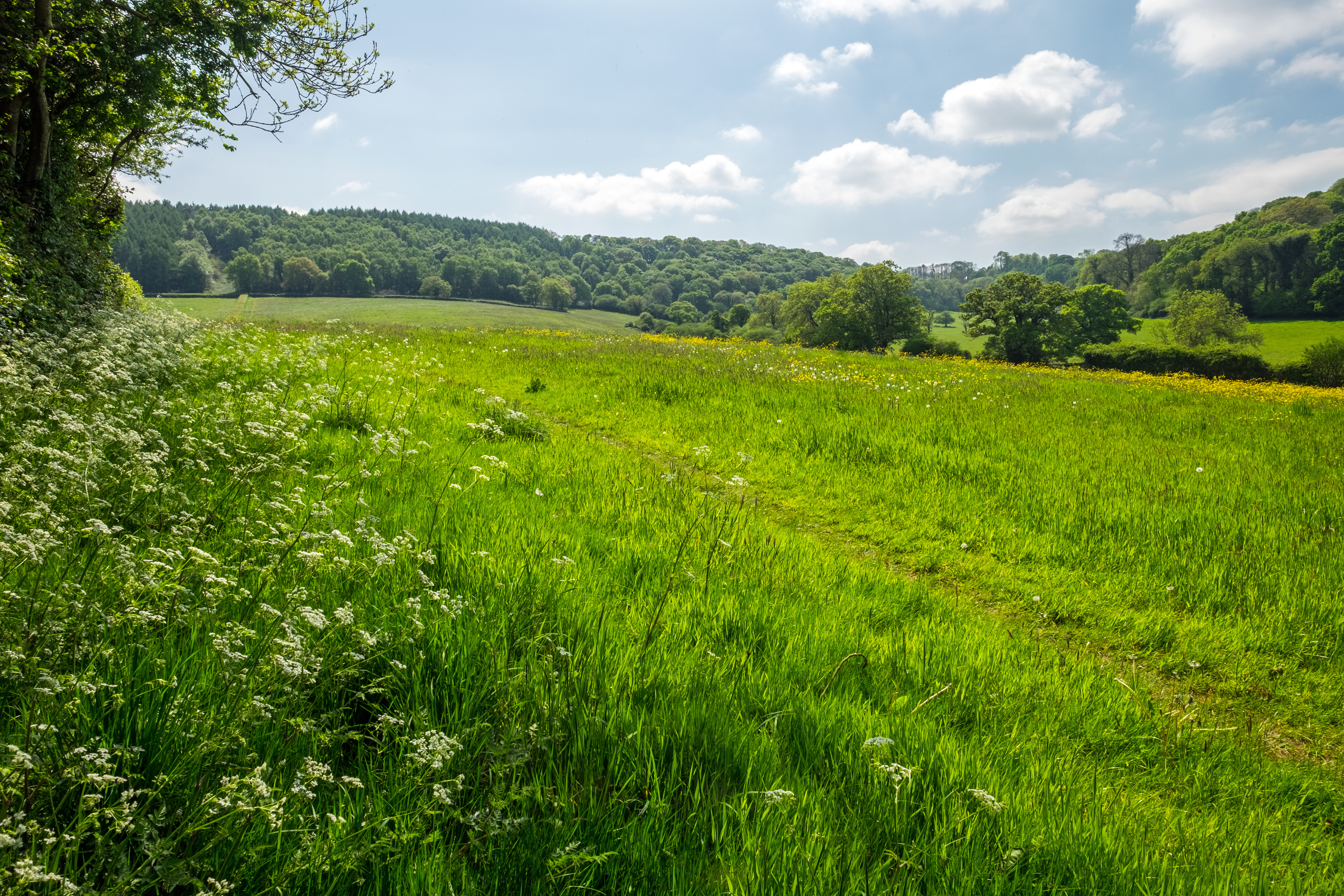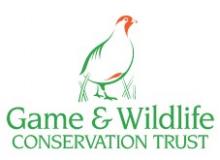This approach to farming is based on the principle of maximizing the use of natural resources, such as soil, water, and sunlight, to produce a diverse range of crops and animals. Integrated farming also seeks to minimize the use of synthetic fertilizers and pesticides, and to promote the use of sustainable farming practices. Integrated farming is seen as a way to improve the sustainability and resilience of the farming sector, and to reduce the environmental impact of agriculture.
This summary was written by OpenAI's ChatGPT. If you think you can do better Join the page and edit & improve.







Discussion
I wonder whether we need to think harder about pesticides. They are vital and need to be protected. Some ideas to get the ball rolling: